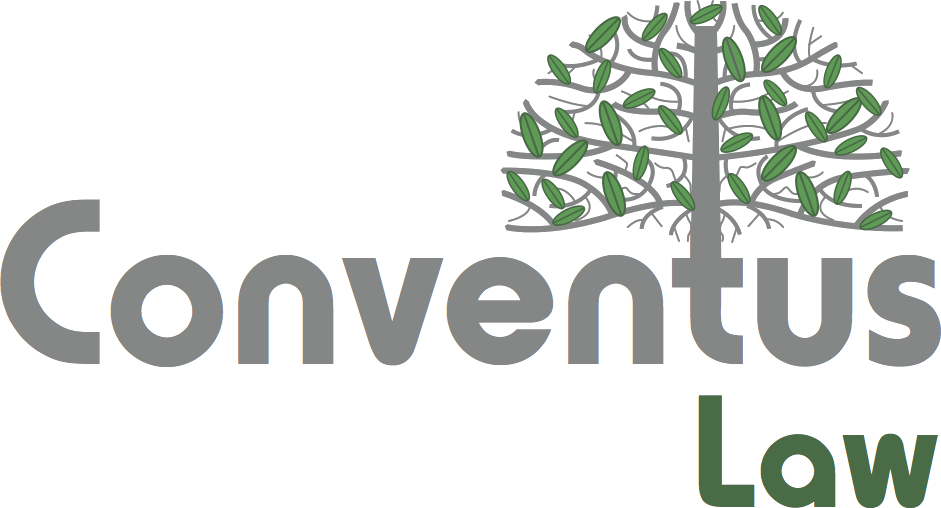Overview
On September 23, 2025, the Securities and Exchange Commission (the SEC) issued Memorandum Circular No. 13, Series of 2025, or the Guidelines on Philippine Green Equity (the Green Equity Guidelines).
The Green Equity Guidelines establish a framework for designating listed shares of companies as “Philippine Green Equity,” thereby enhancing visibility of enterprises actively engaged in environmentally sustainable activities.
The Green Equity Guidelines draw on existing international frameworks such as:
- The World Federation of Exchanges’ Green Equity Principles.
- Nasdaq Green Equity Designation.
- The London Stock Exchange’s Green Economy Mark.
They also build upon local and regional standards, including:
- The ASEAN Taxonomy for Sustainable Finance (ATSF).
- The Philippine Sustainable Finance Taxonomy Guidelines (SFTG) issued by the Financial Sector Forum.
The Green Equity Guidelines took effect immediately after their publication in two newspapers of general circulation.
General
1) What is “Philippine Green Equity”? How does it fit within sustainable finance?
Philippine Green Equity refers to the designation given to listed shares of companies that comply with the sustainability criteria set by the SEC.
The objective is to enhance the visibility and attractiveness of companies engaged in green activities and to direct capital toward enterprises that demonstrate environmental stewardship.
- Unlike green bonds, which are debt instruments earmarked for specific projects, Philippine Green Equity applies at the corporate level and signals that the company’s overall operations are substantially aligned with sustainability taxonomies.
- It provides investors with a way to support environmentally sustainable enterprises through equity participation.
2) What other issuances must be complied with alongside the Green Equity Guidelines?
The Green Equity Guidelines supplement, but do not replace, existing securities laws and listing rules. Companies must continue to comply with:
- The Securities Regulation Code on securities registration.
- The listing requirements of the Philippine Stock Exchange (the PSE).
In addition, activities must be assessed under the SFTG and the ATSF, which provide the classification framework for determining whether economic activities qualify as “green.”
Requirements
3) What criteria must a company satisfy to obtain the Green Equity label?
To be eligible for the Green Equity label, a company must meet all of the criteria prescribed under the Guidelines. These requirements are cumulative, and failure to satisfy any one of them disqualifies the company from obtaining or maintaining the designation.
The Criteria:
- Revenue: More than fifty percent of the company’s total revenues, as reported in its most recent audited annual financial statements, must be derived from activities that are classified as Green Activities under the SFTG or ATSF.
- Investments: More than fifty percent of the company’s investments, measured as the sum of its capital expenditures and operating expenditures in the latest audited financial statements, must likewise be channelled toward Green Activities.
- Fossil Fuel Exposure: The company’s revenues derived from fossil fuel must not exceed five percent of its total revenues.
- Taxonomy Alignment: The company’s activities must be aligned with the SFTG or the ATSF.
Collectively, these four criteria are designed to ensure that the Green Equity label is conferred only upon companies whose financial profile, investment priorities, and business operations are substantially and demonstrably oriented toward environmentally sustainable activities.
4) Is external review required?
Yes. A company’s compliance with the Green Equity criteria must be independently verified through an external review conducted by a qualified third-party.
- The reviewer is expected to apply a published methodology and present the findings in a formal assessment report, ensuring that the designation is based on an objective and credible evaluation.
- The reviewer must have demonstrated expertise and a credible track record in sustainable finance, ESG practices, and green equity assessments.
- Its credentials, methodology, and scope of work should be disclosed in the report to promote transparency.
- The assessment report must also be made publicly available through a website designated by the company, allowing investors and other stakeholders to access the basis for the Green Equity label.
Application Process
5) How does a company apply for the Green Equity label?
A company must submit the following documents to the SEC:
- A formal letter-request or application.
- The external reviewer’s report confirming compliance with the Green Equity criteria.
- The applicant’s contract of engagement with the external reviewer.
- The applicant’s latest audited financial statements.
- Any additional documents the SEC may require.
The SEC will evaluate the application within 45 calendar days from receipt of complete documents. If approved, the company is authorized to use the Green Equity label in disclosures and investor materials, and the SEC will notify the PSE, which will monitor compliance thereafter.
Disclosure and Monitoring
6) What are the disclosure and ongoing compliance obligations?
Companies granted the label must submit annual assessment reports to the PSE, disclosing:
- Its share of revenues and investments from green activities.
- Fossil fuel exposure.
- Details of taxonomy alignment.
These reports must be externally reviewed and made publicly accessible. Amendments to activities or material information must be disclosed to the SEC and PSE prior to public release. In the event of corporate changes that may affect eligibility, confirmation from an external reviewer is required.
7) Who monitors compliance?
The PSE is tasked as the primary monitoring body. It must:
- Maintain a registry of companies with valid Green Equity labels.
- Review external assessment reports.
- Publish updated sustainability indicators on its website.
- Submit annual reports to the SEC summarizing compliance, delays, and systemic issues.
Where violations or misrepresentations are found, the PSE is required to notify the SEC for appropriate enforcement action.
Withdrawal and Penalties
8) When can the Green Equity label be suspended or withdrawn?
The SEC may suspend, cancel, or recognize voluntary withdrawal of the label in the following instances:
- Voluntary withdrawal: The company has filed a formal written notice of withdrawal, which the SEC has acknowledged after determining that such withdrawal does not prejudice regulatory objectives or investor interests.
- Failure to meet criteria: The company has been found to no longer meet the requirements for maintaining the label.
Note: The SEC may grant a remedial period of up to one year for corrective action. The SEC may allow retention if the non-compliance is temporary, marginal, or beyond the company’s control.
- Non-submission of reports: The company has failed to submit to the PSE or publish the required assessment reports or updates.
- Violation of disclosure or compliance obligations: The company has violated ongoing reporting, disclosure, or other compliance requirements.
- Material misrepresentation: The company is found to have made false or misleading statements, or to have omitted material information in its application or subsequent reports.
- Public interest or environmental integrity concerns: The continued use of the label is deemed by the SEC to be inconsistent with investor protection, environmental integrity, or the public interest.
9) What penalties apply for violations?
Violations of the Green Equity Guidelines, including failure to disclose or submission of misleading information, are subject to penalties under existing securities laws and SEC regulations. The SEC may also impose administrative sanctions or other measures necessary to ensure compliance and safeguard investors.
The Green Equity Guidelines took effect immediately after their publication in two newspapers of general circulation.
Continue reading here or via this link.







